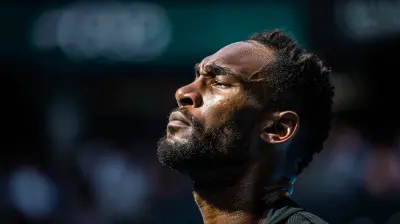How to Create a Personalized Yoga Routine for Your Sport
15 July 2025
Let’s face it—as athletes, we’re always looking for that extra edge. Whether you’re sprinting towards the finish line, slamming the basketball through the hoop, or perfecting your golf swing, there’s one secret weapon that most pros swear by: yoga. But hey, I’m not talking about generic YouTube flows here or a random downward dog thrown into your warm-up.
I’m talking about crafting a personalized yoga routine that’s tailored to your specific sport. Yep, yoga that's built just for you.
So if you're wondering how bending like a pretzel can actually improve your performance on the field (or court or track...), you're in for a treat. Let’s dive into how you can build your own yoga routine that actually supports your athletic goals—step by step.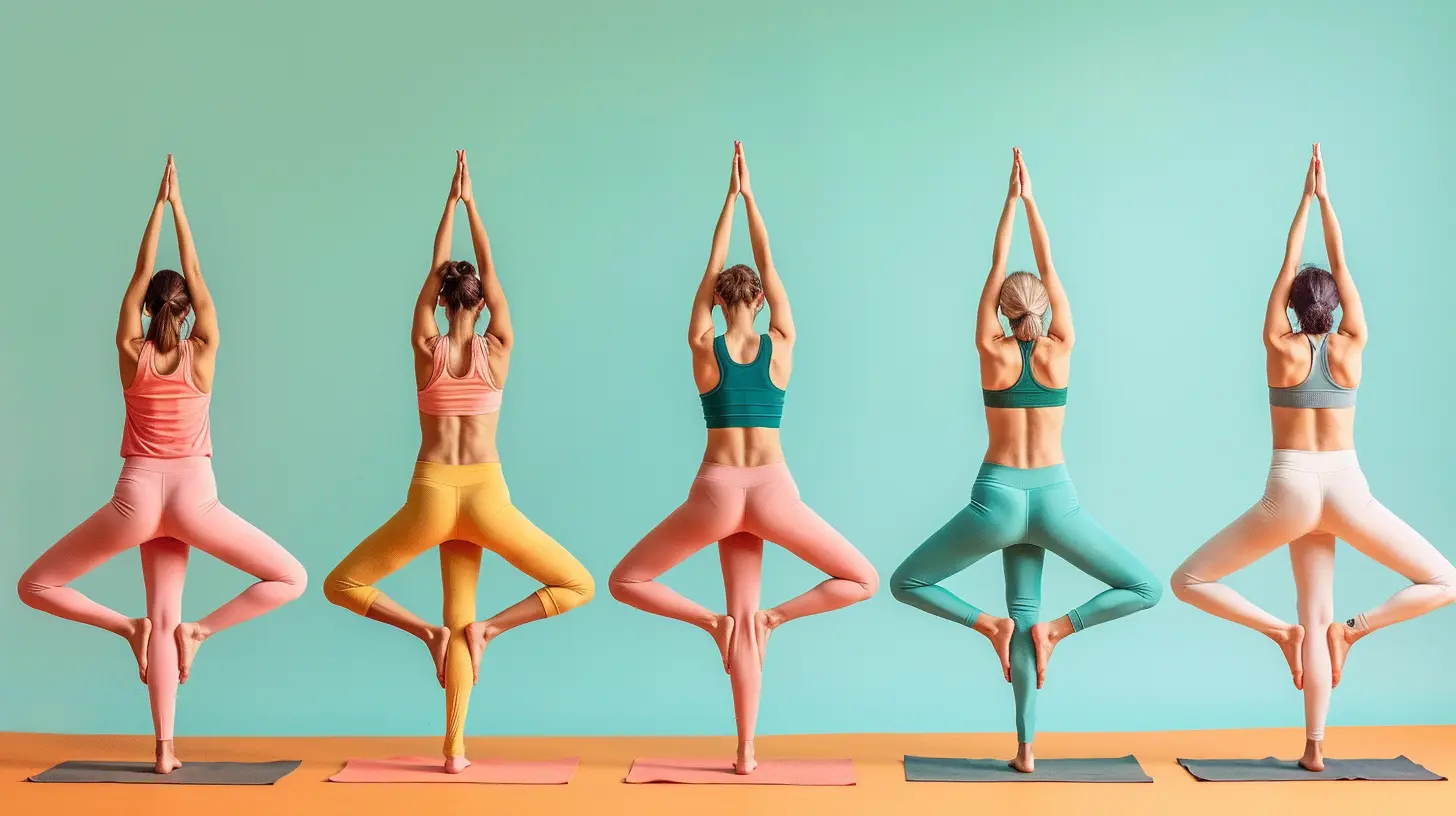
Why Should Athletes Even Care About Yoga?
Before we start building your custom yoga routine, let’s get something straight. Why does yoga matter for athletes in the first place?Here’s why:
- Flexibility: No surprise here. Yoga helps increase your range of motion, which means fewer injuries and better overall performance.
- Balance & Stability: Crucial whether you’re kicking a soccer ball or throwing a punch.
- Breath Control: Sports are physically demanding. Learning how to breathe properly can often separate good athletes from elite ones.
- Mindfulness & Focus: Ever tried meditating before a game? Yoga can calm the noise and sharpen your mental game.
- Post-Workout Recovery: Yoga isn’t just a pre-game ritual. It’s perfect for loosening up after intense training.
Now that we’re clear on why it’s worth your time, let’s get into the nuts and bolts of making a yoga routine that actually works for your sport.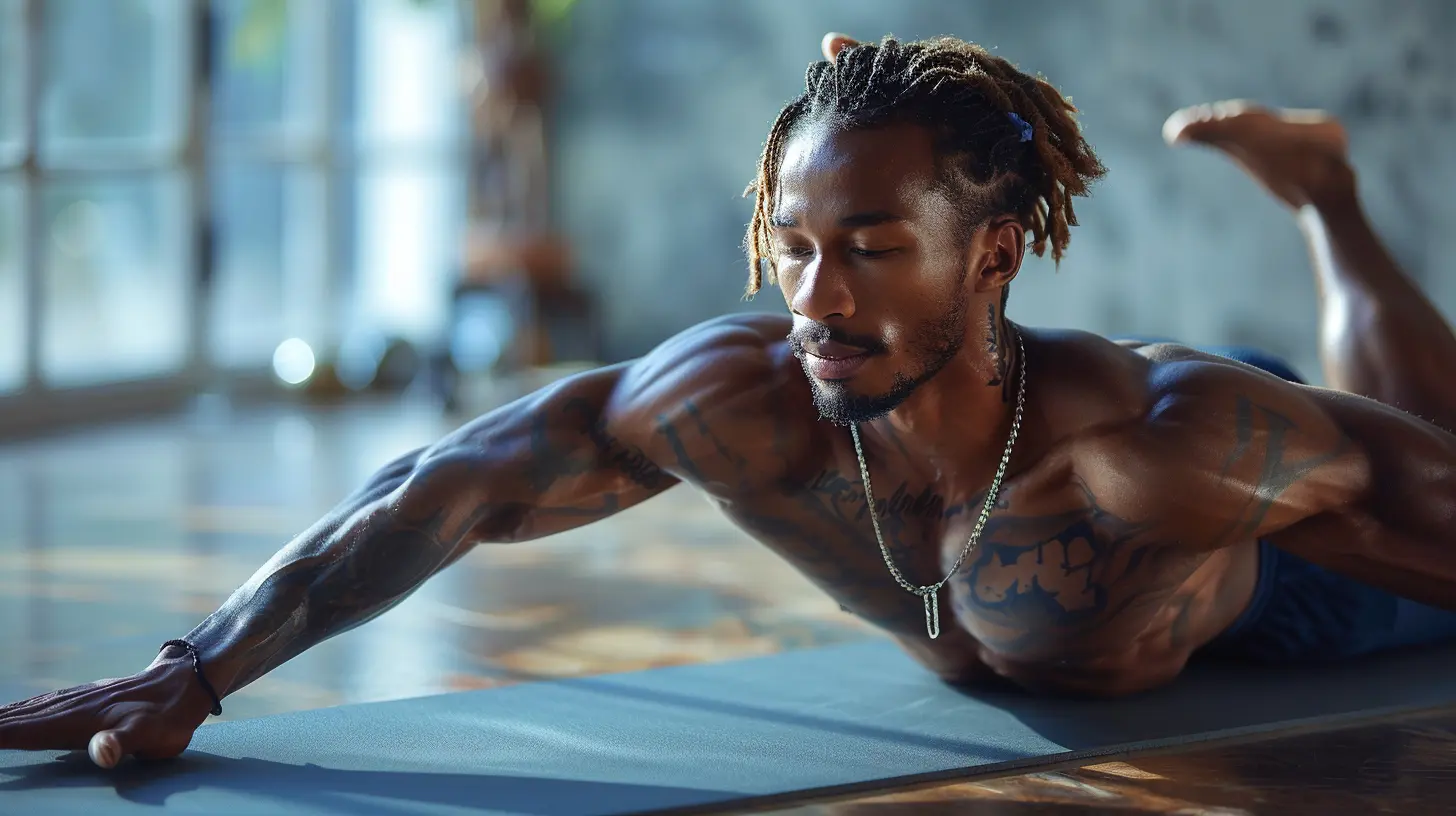
Step 1: Identify Your Sport’s Physical Demands
Let’s be real—what a football player needs from yoga is wildly different from what a swimmer or a tennis player needs.So first, ask yourself:
- Does your sport require explosive power? (Think basketball or martial arts)
- Is endurance your focus? (Like long-distance running or cycling)
- Are agility and flexibility key? (Gymnastics or dance, anyone?)
- Does your sport involve a lot of repetitive movement? (Rowing, baseball, etc.)
Take a few minutes to write out what your sport demands from your body. That’s your physical blueprint. This will guide the rest of your yoga decisions.
Pro Tip: Talk to your coach or physiotherapist. They might highlight muscle imbalances or injury-prone areas you didn’t even know existed!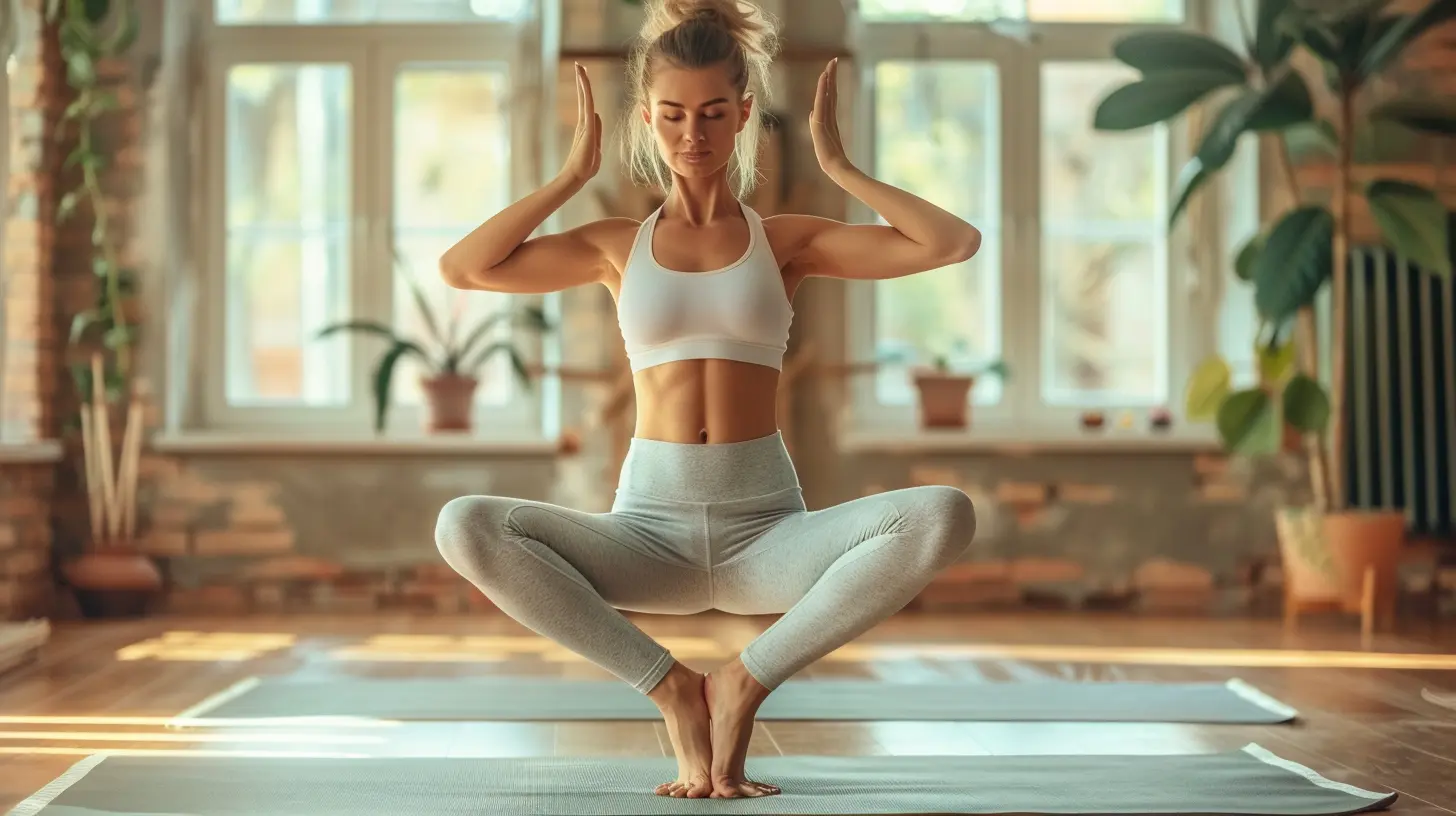
Step 2: Pinpoint Your Trouble Spots
Chances are, you’ve got a few tight hips, stiff shoulders, or maybe a lower back that keeps screaming after games. You’re not alone. Every athlete has muscle groups that seem to carry the brunt of the workload.Ask yourself:
- Which areas feel most sore after training?- Where do I usually get injured?
- Which body parts feel tight all the time?
Here’s a quick cheat sheet for common tight spots by sport:
| Sport | Common Tight Areas |
|------------------|----------------------------------|
| Running | Hamstrings, calves, IT band |
| Cycling | Hips, lower back, neck |
| Soccer | Groin, hamstrings, hip flexors |
| Swimming | Shoulders, lower back, neck |
| Tennis | Shoulders, forearms, hips |
| Basketball | Knees, quads, ankles |
Once you’ve got your tight spots mapped out, you’ll know exactly what areas your yoga poses should target.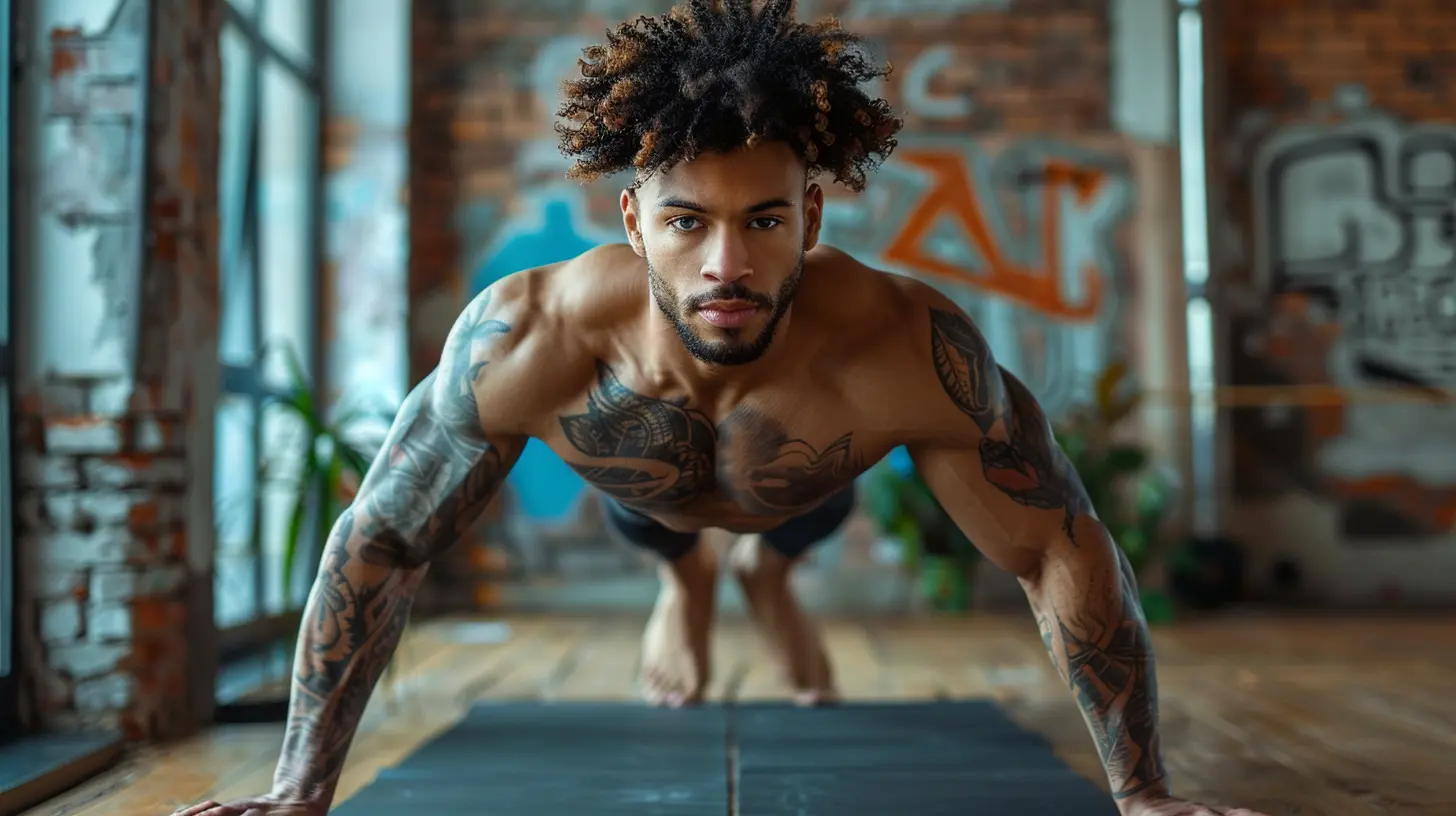
Step 3: Choose The Right Poses For Your Sport
Now the fun begins. You get to pick and choose yoga poses that directly benefit your sport. Think of it like assembling your own Avengers team—but instead of superheroes, you’re calling on poses that fight stiffness, boost strength, and build balance.Here are a few poses by goal:
⚡ Flexibility & Mobility
- Downward Dog: Great for calves, hamstrings, and shoulders- Pigeon Pose: Opens the hips (every runner’s best friend)
- Seated Forward Fold: Lengthens the hamstrings and spine
💪 Strength & Balance
- Warrior I & II: Full-body strength and stability- Chair Pose: Builds leg endurance (hello quads!)
- Boat Pose: Killer for core strength (aka your power center)
🌬️ Breath Control & Focus
- Easy Pose with Pranayama (breath work): Perfect for pre-game focus- Tree Pose: Helps train balance and mental stillness
Mix and match based on your needs. A runner might spend more time in pigeon pose and hamstring stretches, while a tennis player might focus on shoulder mobility and core strength.
Step 4: Structure Your Routine Like a Pro
Okay, you’ve got your poses, now how do you put it all together? Let’s keep things simple and super effective.Here’s a basic structure you can follow:
🧘 Warm-Up (5 minutes)
Start with light stretches and breathing to wake up your muscles and calm your mind. Try:- Cat-Cow
- Child’s Pose
- Gentle twists
- Deep belly breathing
🔥 Active Sequence (15–20 minutes)
Now hit your flow. This is where you build heat and move through a series of strengthening and lengthening poses. Think:- Sun Salutations
- Warrior series
- Standing balance poses
Do just 3–5 poses, holding each for 30–60 seconds, or flowing through them dynamically for a few rounds.
🎯 Target Area Focus (10–15 minutes)
This is your custom zone. Use this time to stretch the areas that your sport tends to beat up or overuse.Example:
- Cyclists → Hip openers and neck stretches
- Runners → IT band and hamstring work
- Swimmers → Spinal twists and shoulder mobility
🌙 Cool-Down & Meditation (5–10 minutes)
Don’t skip this part. Seriously. This is where your nervous system recalibrates and your body thanks you.Try:
- Legs up the wall
- Reclined spinal twists
- Savasana (yes, just lie there and breathe)
End with a few minutes of mindful breathing or visualization—picture yourself nailing that perfect shot or sprinting past your competition.
Step 5: Frequency and Consistency Matter
You don’t have to practice for an hour every single day. That’s the beauty of personalized yoga—you can scale it.Here’s a sample weekly plan:
- 3x/week (20–30 mins): Targeted yoga sessions post-training- 1x/week (40–60 mins): Deep recovery or rest-day yoga
- 5–10 mins daily: Quick stretches in the morning or before bed
Keep it realistic. Your yoga practice should support your sport, not feel like another workout you dread.
Step 6: Adjust With The Seasons Of Your Sport
Just like your training changes during pre-season vs. post-season, your yoga should, too.In-Season:
- Focus more on recovery- Gentle flows and restorative poses
- Keep sessions short but consistent
Off-Season:
- Build strength and flexibility- Try longer, more challenging flows
- Improve your breath work and mental game
Think of yoga as your secret sauce that adjusts with your athletic lifecycle. Smart, right?
Step 7: Add Your Own Spin
Now, here’s where it gets personal.Want music? Add a playlist that gets you in the zone.
Prefer quiet? Turn off distractions and just breathe.
Like tracking progress? Journal how you feel after each session or take before/after pics of your flexibility over time.
This is your practice. So make it something you enjoy, not a chore.
Sports-Specific Yoga Routines: Quick Examples
Need some inspiration? Here’s a mini breakdown of how yoga might look across different sports.🏀 Basketball
- Focus: Hips, ankles, hamstrings- Poses: Warrior II, Lizard Lunge, Chair Pose, Reclined Twist
🏃♂️ Running
- Focus: Calves, quads, hamstrings, IT band- Poses: Downward Dog, Pigeon Pose, Half Split, Cat-Cow
🏌️♂️ Golf
- Focus: Core, spine, rotation, shoulders- Poses: Triangle Pose, Revolved Lunge, Seated Twist, Cobra
🏊 Swimming
- Focus: Shoulders, back, chest, breath control- Poses: Locust, Bridge Pose, Dolphin Pose, Pranayama
Final Thoughts: Your Body Is Talking—Are You Listening?
At the end of the day, yoga isn’t about being perfect or folding yourself into a pretzel. It’s about tuning into your body and giving it what it needs. As an athlete, your body is your most important tool. Keeping it mobile, strong, and centered is absolutely key to success.So the next time you're stretching out on your mat, remember this: you’re not just doing yoga. You’re unlocking a whole new level of athletic potential.
Ready to roll out your mat and get started?
all images in this post were generated using AI tools
Category:
YogaAuthor:

Nelson Bryant
Discussion
rate this article
1 comments
Fennec Estes
This article raises such intriguing points! I'm curious how specific yoga poses can enhance performance in different sports. Are there particular asanas you recommend for athletes in high-impact sports versus those in endurance events?
August 2, 2025 at 4:14 AM

Nelson Bryant
Thank you for your comment! For high-impact sports, poses like Warrior II and Chair Pose can improve strength and stability. For endurance events, consider incorporating poses like Downward Dog and Pigeon Pose to enhance flexibility and recovery.
